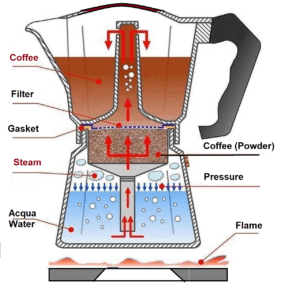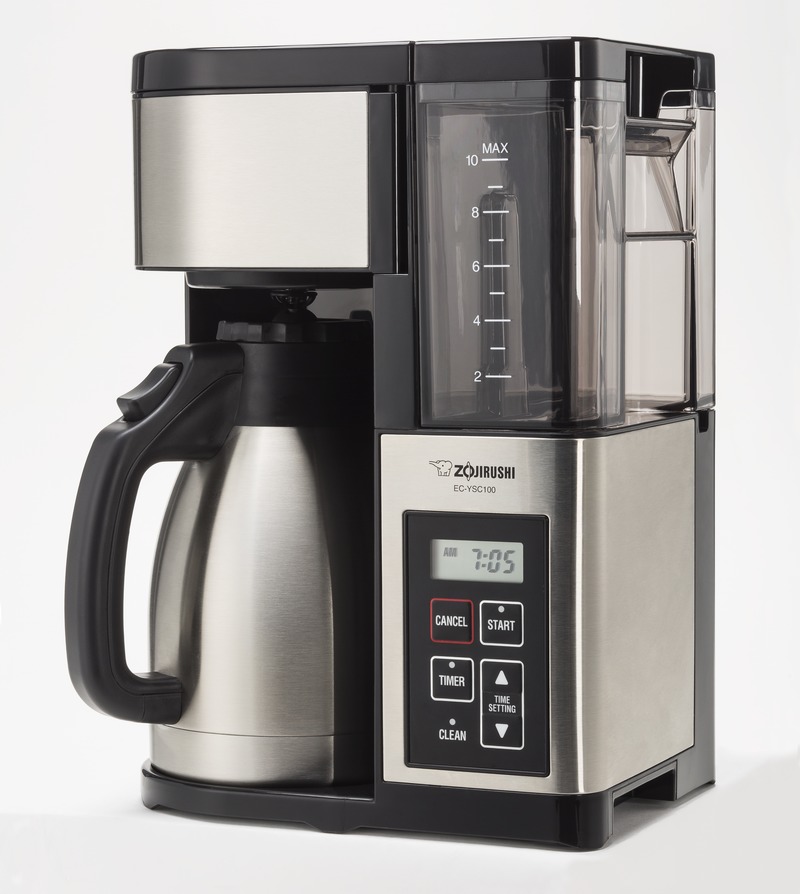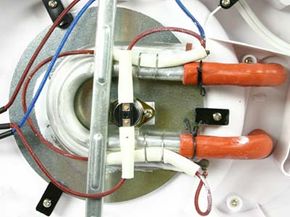Coffee Drinking
- Many people who are dependent on caffeine have breakfast with an old friend — the coffee maker
- Every morning or evening you scoop in the coffee, add some water and flip it on, but have you ever wondered what’s happening inside
- How does the water get from the reservoir over to the coffee grounds in the filter basket? How does everything heat up so quickly, and what on earth is that gurgling noise?
- In this post, we can understand exactly what’s happening when you make coffee
- We’ll also look at the possible problems that might cause your coffee maker to stop working
Coffee Making Machines
- coffee making machines use the electric heater for heating the mixture of coffee and water
- The coffee maker’s switch turns the power to the heating element on and off
- To keep the heating element from overheating, there are also components such as sensors and fuses
- In coffee makers, sensors detect if the coil is getting too hot and cut off the current. Then, when it cools down, they turn the current back on.

How to make coffee.
You can see that a coffee maker is about as simple as an appliance can get. Here’s how it works:
- When you pour in cold water, it flows from the reservoir through the hole and into the orange tube.
- Then the water flows through the one-way valve, into the aluminum tube in the heating element and then partially up through the white tube. This all happens naturally because of gravity.
- When you turn on the switch, the resistive heating element starts heating the aluminum tube and eventually the water in the tube boils.
- When the water boils, the bubbles rise up in the white tube. What happens next is exactly what happens in a typical aquarium filter: The tube is small enough and the bubbles are big enough that a column of water can ride upward on top of the bubbles.
- The water flows up the white tube and is dispersed to drip evenly on the waiting coffee grounds.
- The hot water flows through the ground coffee beans, picking up their oil essence on the way down into the coffee pot. This coffee oil, released during the roasting process, is called caffeol.
Parts of Coffe Making Machine
Heating Elements (Resistive element )
- It is a coiled wire, very similar to the resistive filament of a light bulb or the element in an electric toaster
- When electricity flows that gets hot when you run electricity through it
- The coil is embedded in plaster to make it more rugged. The heating element can do the following works
-
- as soon as you pour water into the coffee maker, the heating element starts heating
- Once the coffee is ready, the heating element warms it
Types of Coffee Machines
- There are many types of coffee-making machines as per the needs of people



